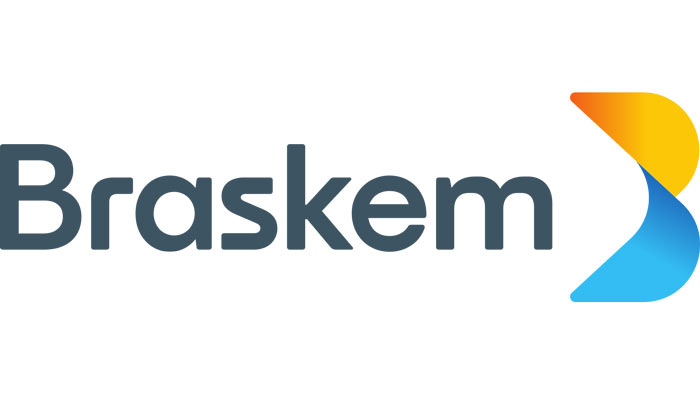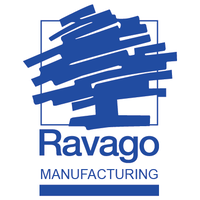Overview of Pipe Extrusion:
Process Basics: Utilises thermoplastic granules that are heated, melted, and homogenized within a barrel by an Archimedean screw through both shear and heat.
Continuous Production: Capable of producing pipes of virtually unlimited length, making it ideal for extensive piping needs.
Custom Lengths: Pipes are extruded continuously and then cut to desired lengths post-cooling.
Examples of Pipe Applications:
General Use: Hosepipes for general watering or washing.
Industrial Applications: Mains water pipes for infrastructure.
Specialized Use: Pneumatic hoses for air tools and systems.
Mechanics of the Extruder:
Motor and Drive: An electric motor and hydraulic drive rotate the screw, pushing the plastic granules through the heated barrel.
Die Shaping: A die at the barrel's end shapes the molten plastic into the pipe's profile.
Cooling Process: After shaping, the pipe passes through a water bath with sizing formers, where it solidifies.
Quality Control Measures:
Speed Regulation: Take Off Rollers ensure the extrusion process is at the correct speed to maintain size and strength.
Vacuum Calibration: For hollow, high-tolerance pipes, vacuum calibration devices within the cooling bath ensure dimensional precision.
Post-Extrusion Handling:
Cutting and Coiling: Pipes are cut for transportation and application-specific uses, with longer pipes often coiled for convenience.
Advanced Techniques:
Co-Extrusion: This method integrates different materials or colors into a single pipe profile using twin head extruders for layered pipe structures.
Materials and Final Products:
Typical Materials: Thermoplastic Elastomers (TPEs) and Polypropylene (PP) are commonly used in pipe extrusion.
Product Range: Includes essential items like hosepipes, mains water pipes, and pneumatic hoses.
Pipe extrusion continues to be essential in the production of various types of pipes, underpinning a range of sectors from residential to industrial applications.















